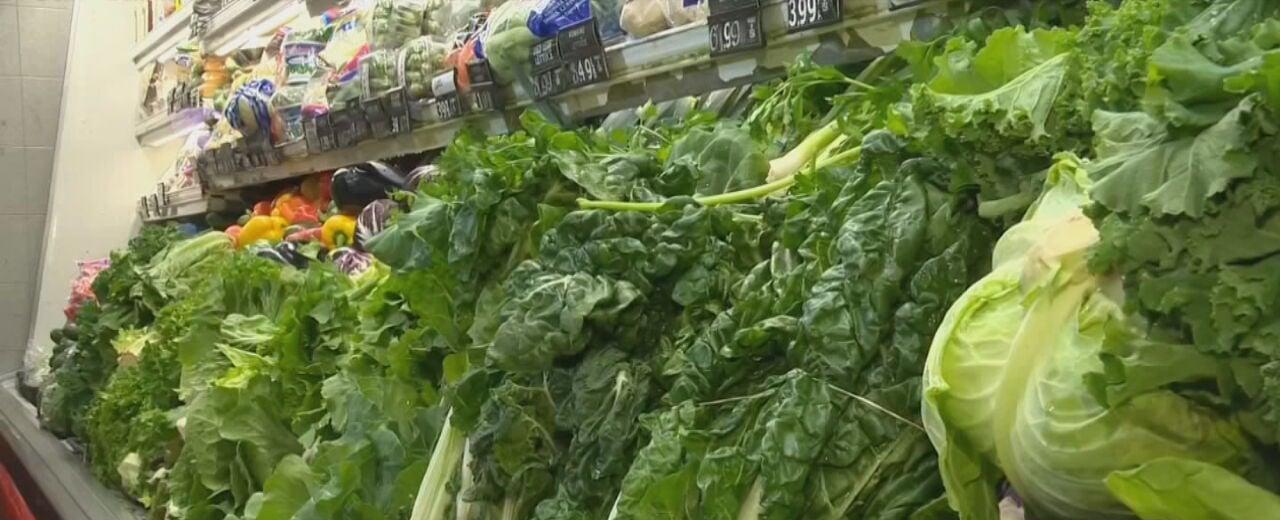Inflation, Extreme Weather Drive Up Grocery Costs; Shortages, Crop Disease Raise Prices

The COVID-19 pandemic has caused quite a stir in the economy. And now, it’s hitting us where it hurts: in the grocery store. A recent report states that inflation and extreme weather are driving up grocery costs. Not only that, but shortages and crop diseases are also causing a rise in prices.
As the pandemic continues, people are still stocking up on groceries, causing a surge in demand. This surge is driving inflation, which leads to higher prices. But that’s not the only factor at play. Extreme weather events, like hurricanes and droughts, are also disrupting the supply chain and raising production costs.
To make matters worse, crops are facing unprecedented disease outbreaks. For example, bananas are under threat from a soil-borne fungus, causing prices to rise by 10%. Shortages of other staple foods, like rice and wheat, are also causing prices to skyrocket.
In short, grocery shopping has now become more expensive than ever. Rising costs of living are affecting everyone, but it is hitting the poorest communities the hardest. It’s essential to find ways to counter these economic challenges to maintain food security.
In conclusion, the impact of inflation, extreme weather, crop disease, and shortages on grocery prices is an issue that affects us all. It’s crucial to be mindful of the rising costs when we shop for food, but we should also make efforts to bring systemic changes that provide equitable access to affordable food for all.
Quick Links

